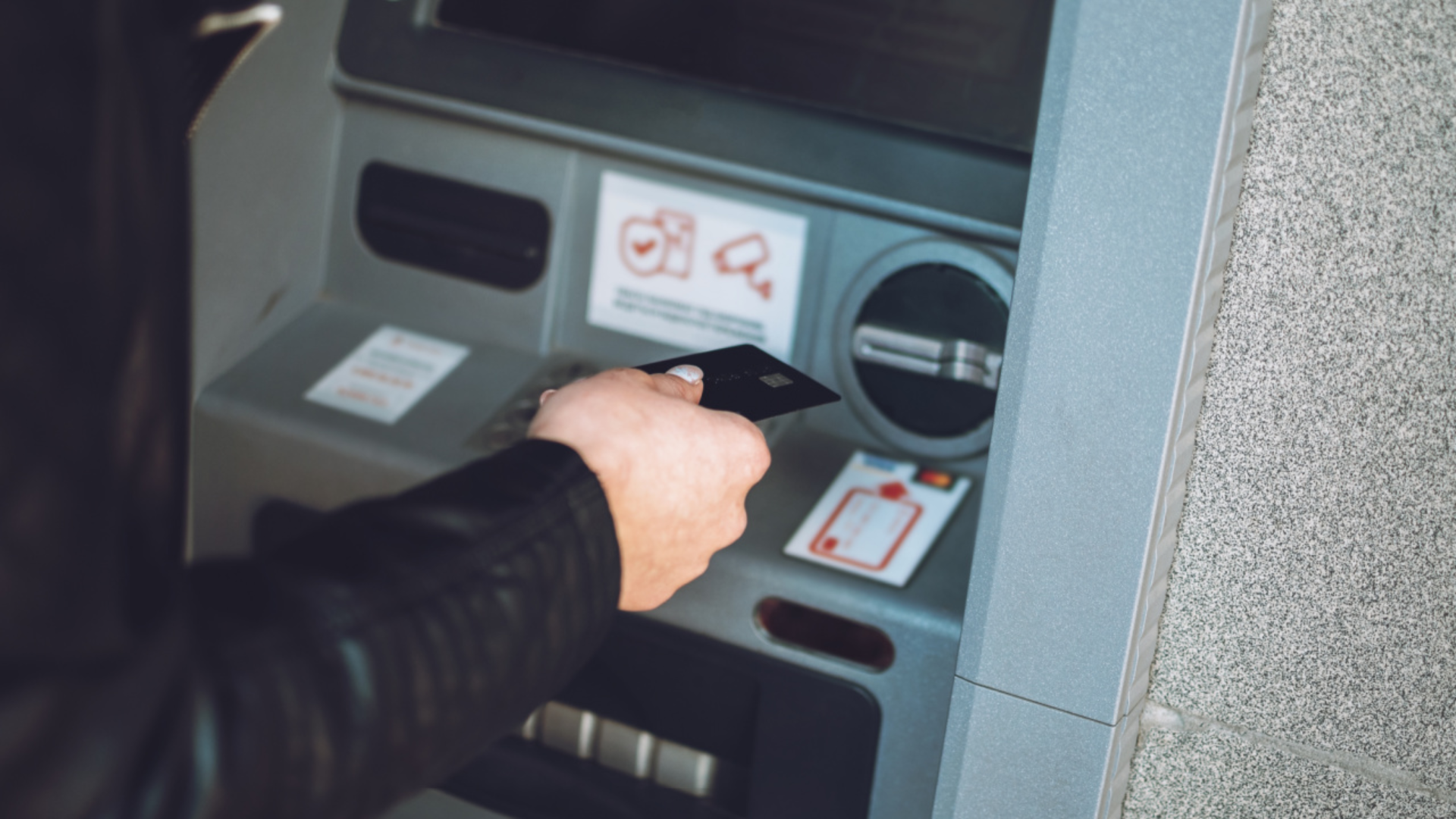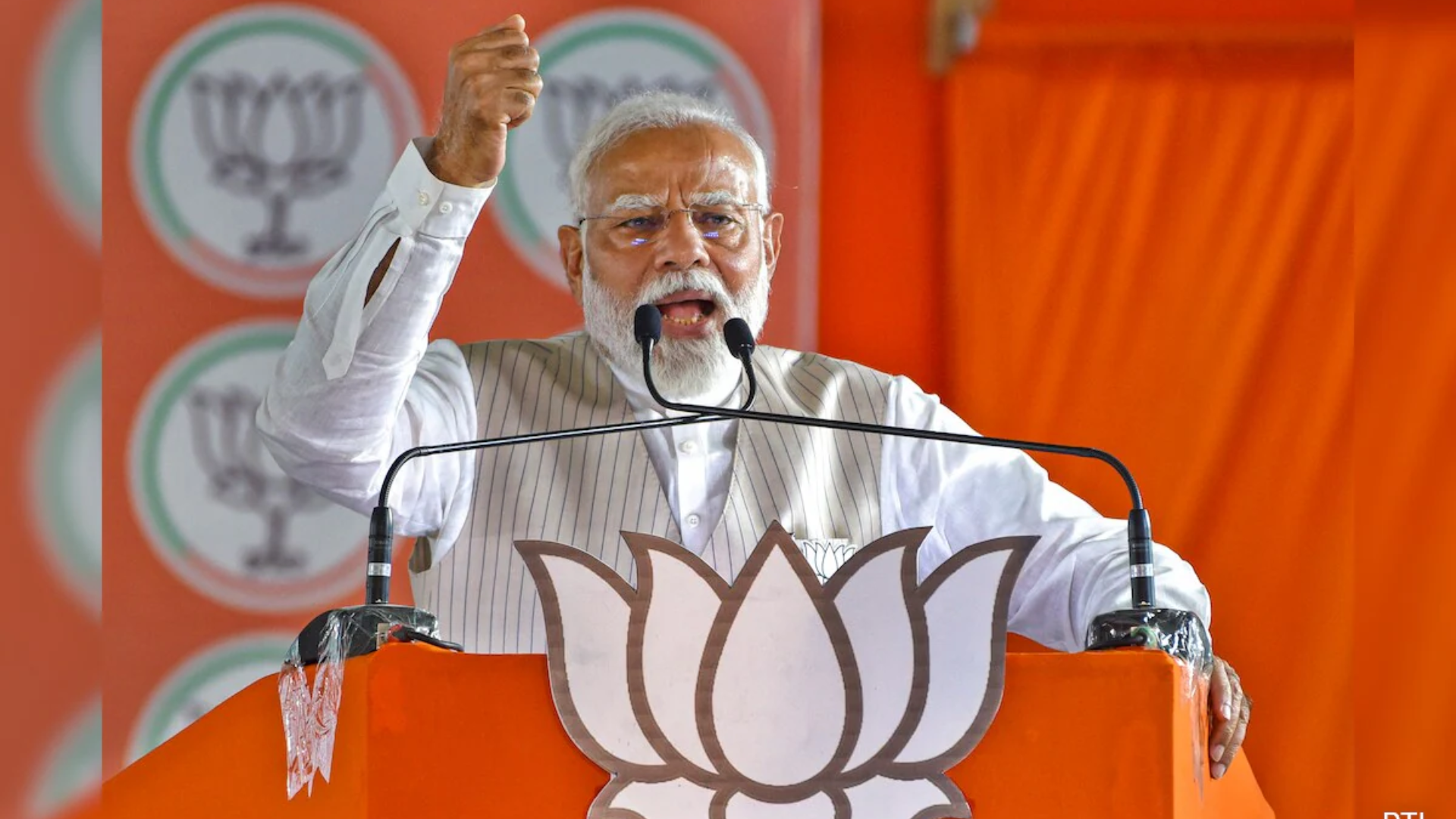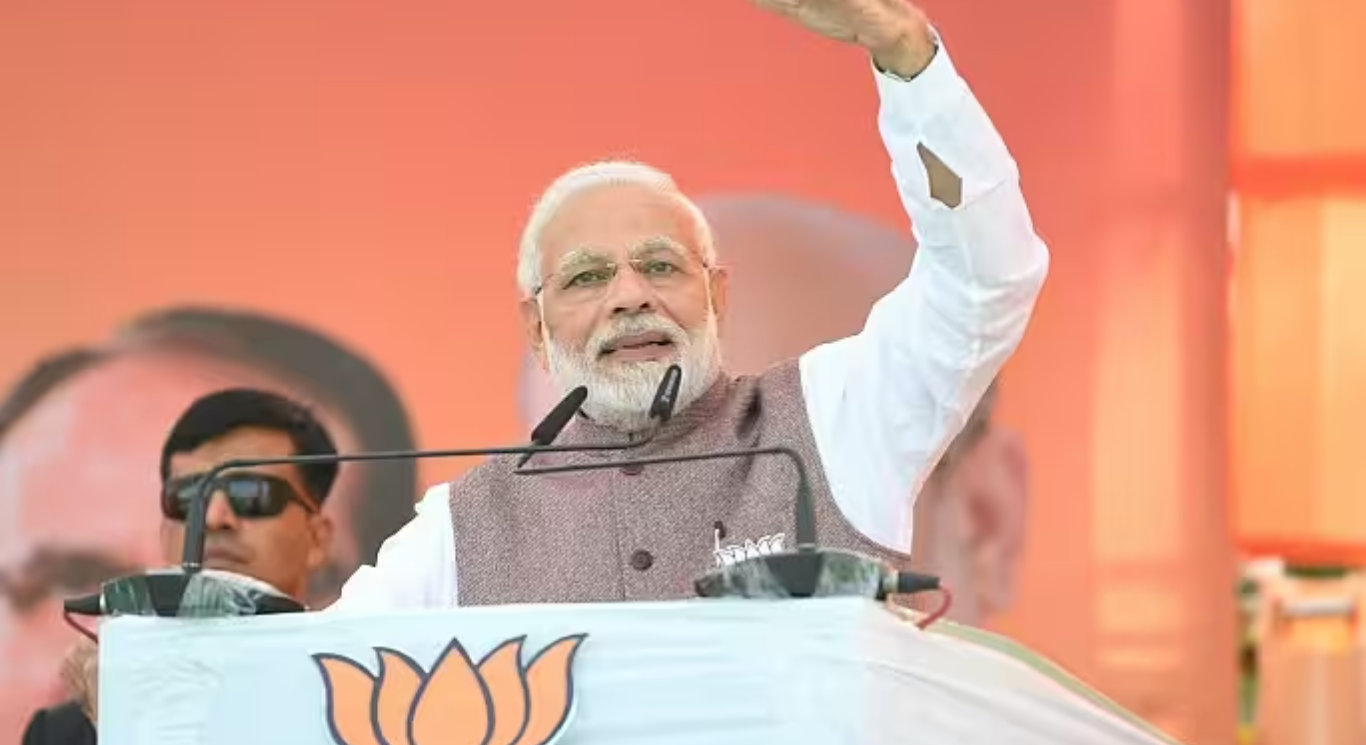


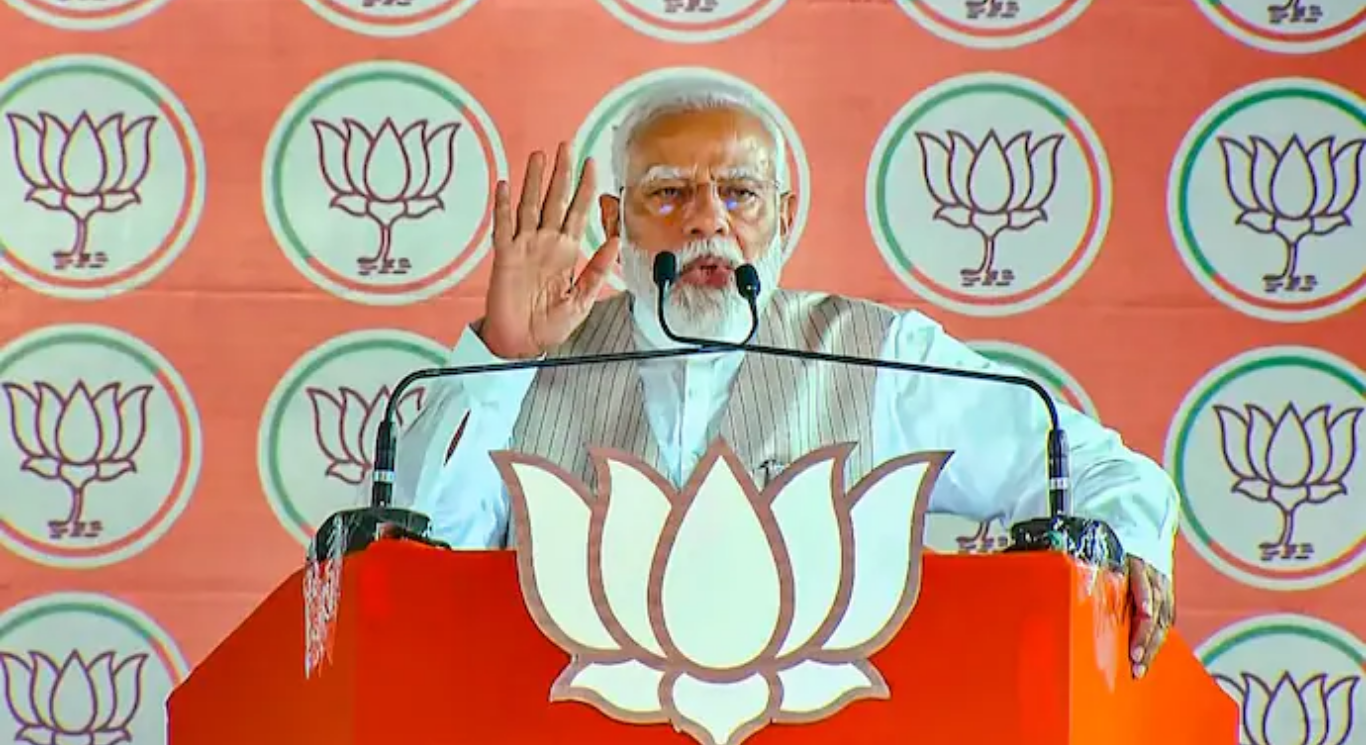
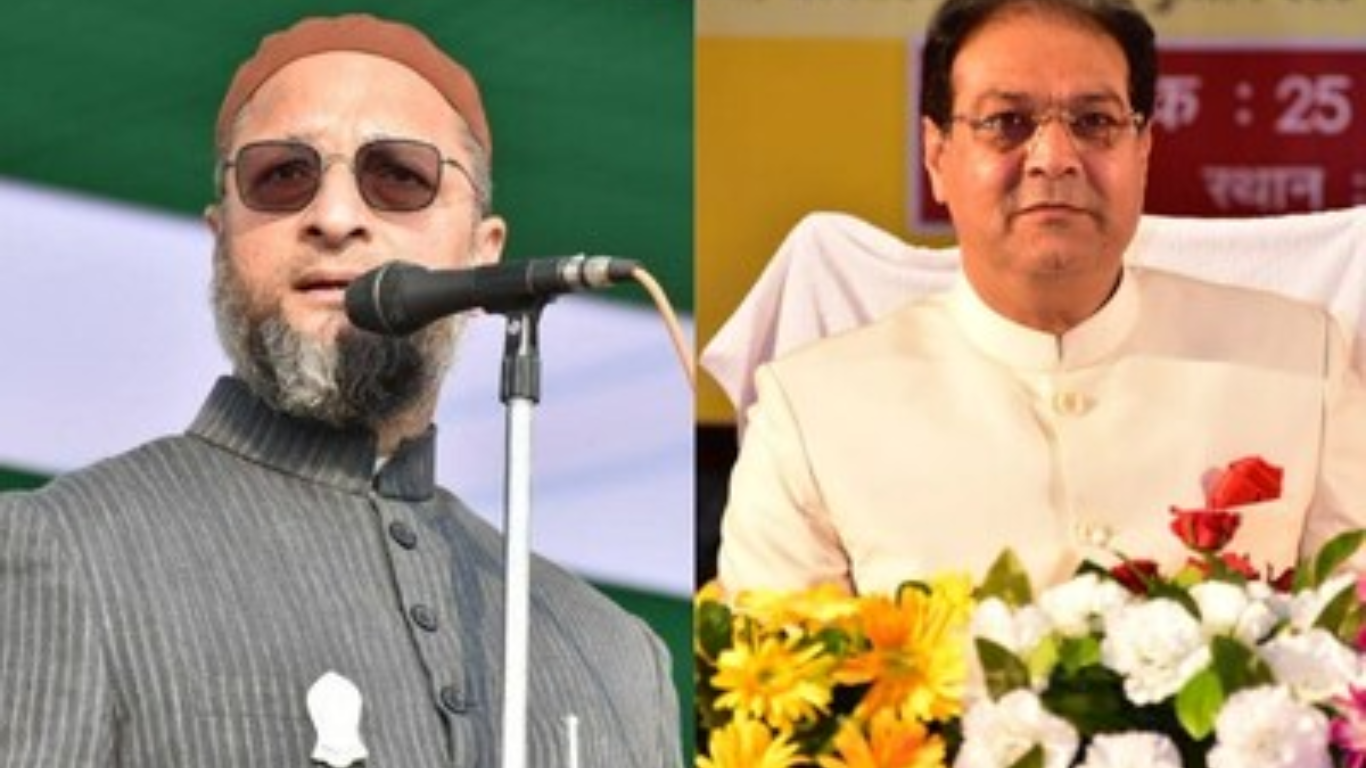
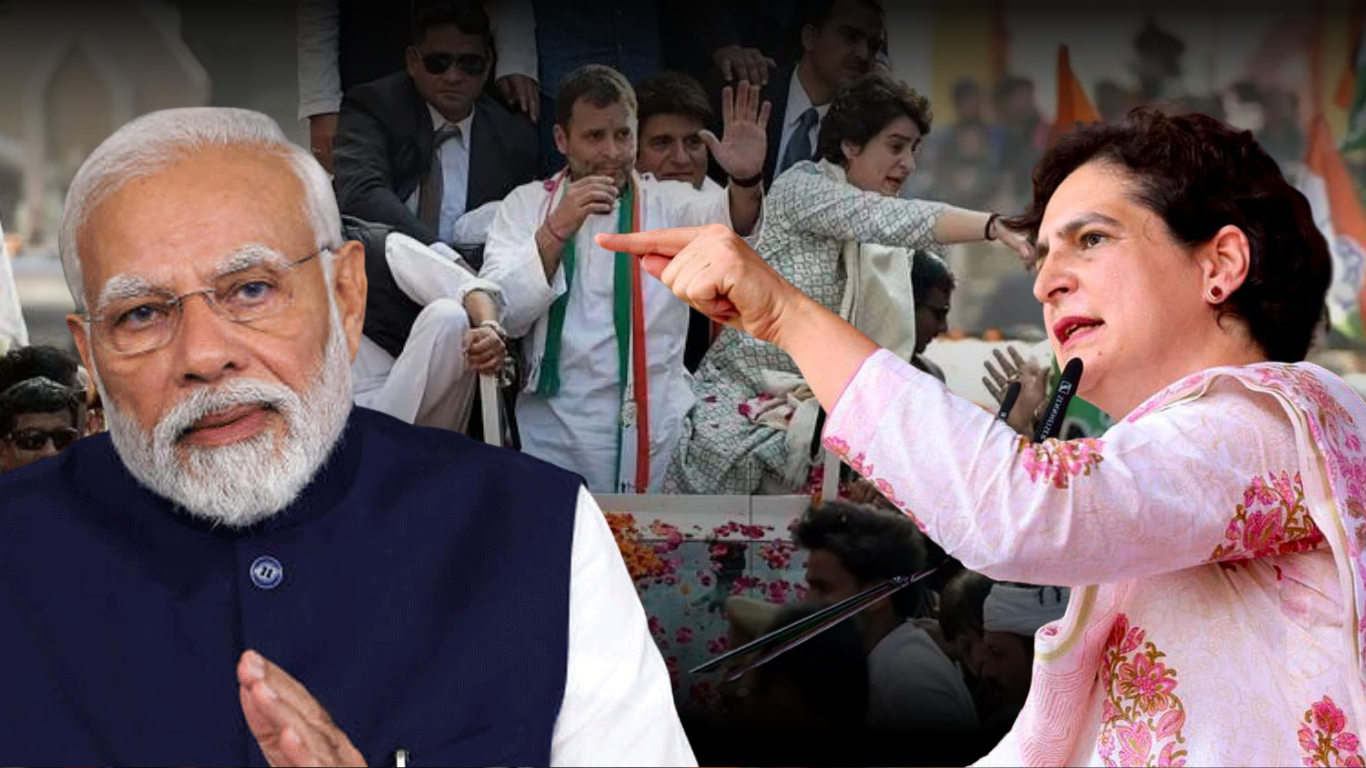
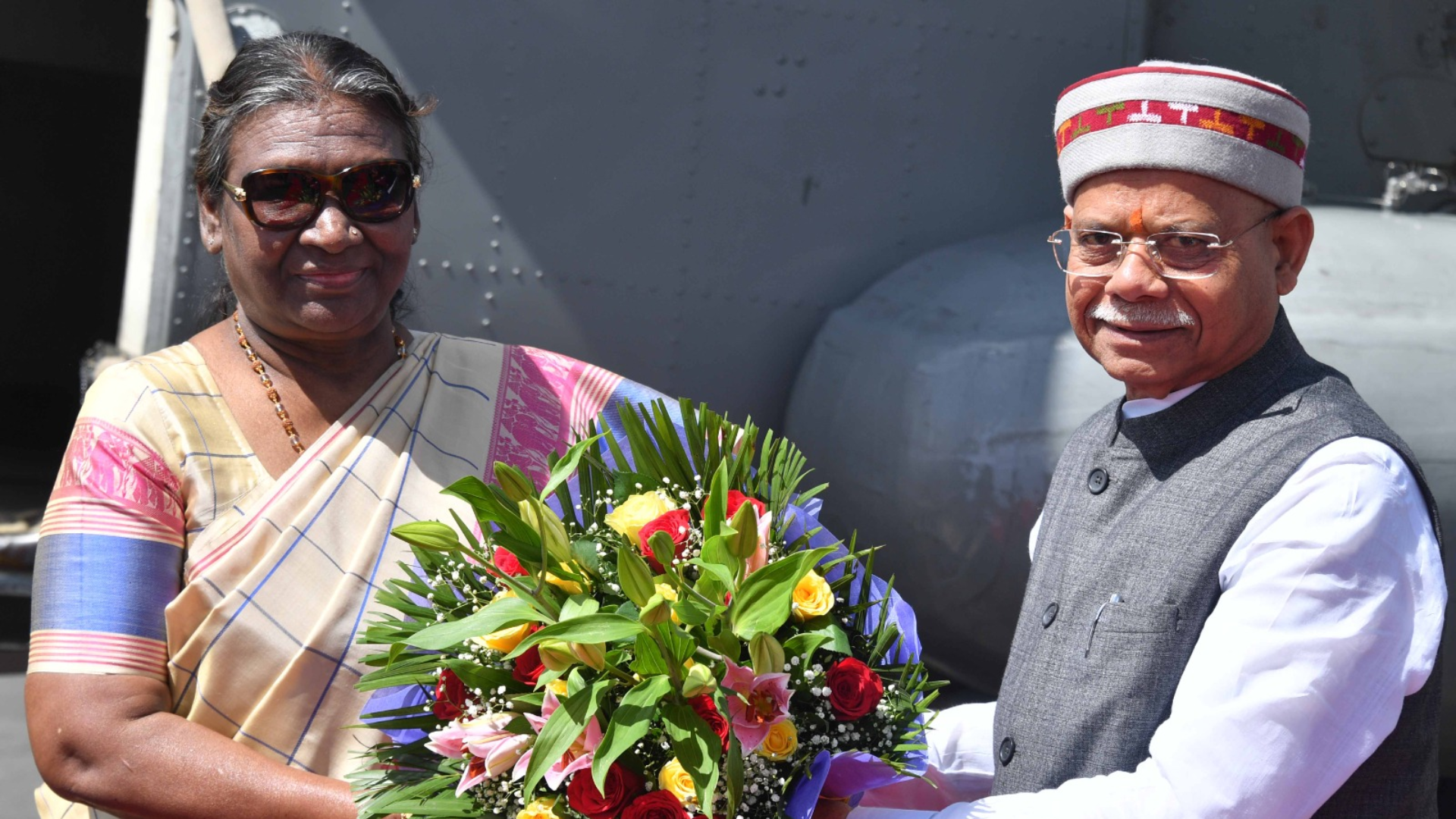
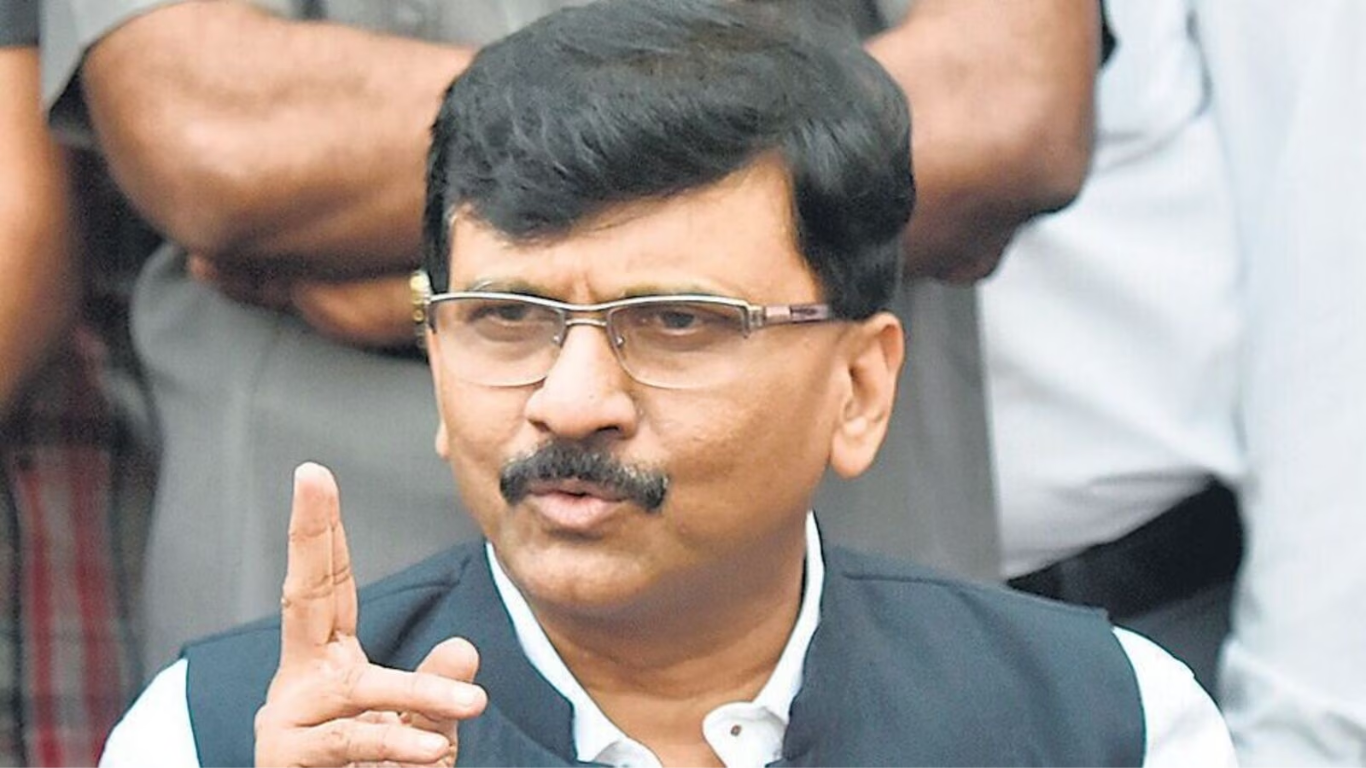


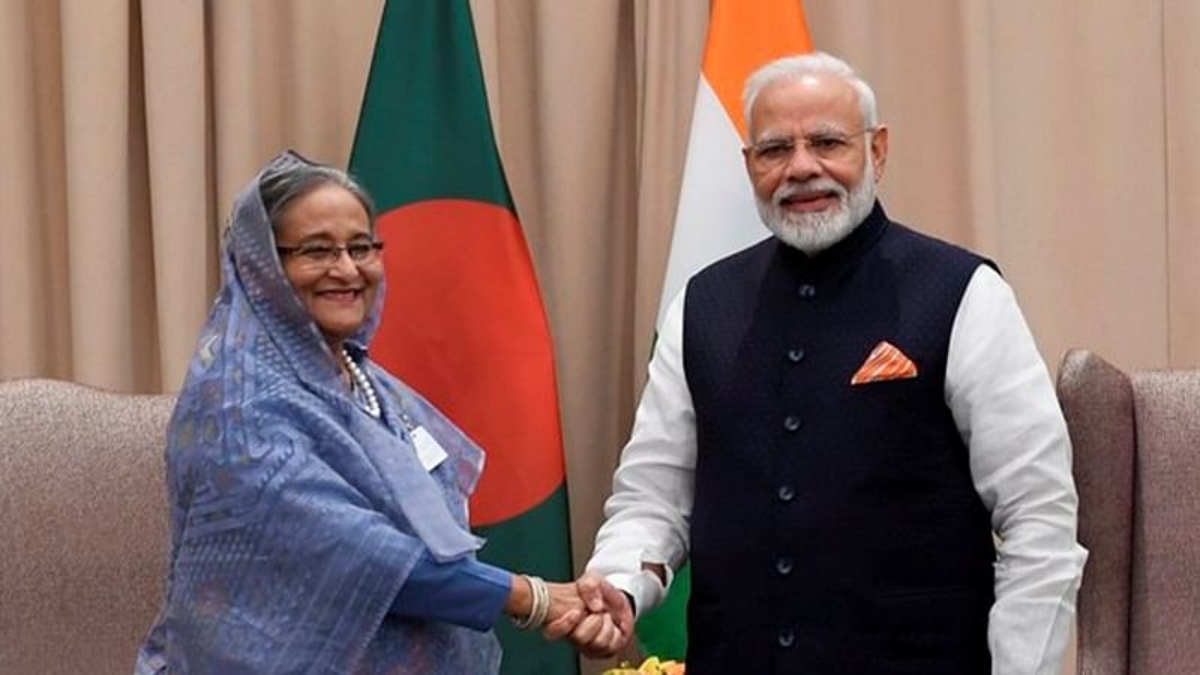
Prime Minister Narendra Modi and Bangladesh Prime Minister Sheikh Hasina jointly unveiled three development projects on Wednesday, with two of them aimed at enhancing trade and connectivity with India’s Northeastern states. “In this journey of nine years, the inauguration of the Akhaura-Agartala rail link today is a historic moment. This is the first rail link from India’s northeastern states to Bangladesh,” Modi said at a joint press briefing. In 2013, India and Bangladesh entered into a memorandum of understanding (MoU) to collaborate on the development of the rail link, with India providing substantial grant assistance of nearly ₹400 crore to Bangladesh, as confirmed by the Ministry of External Affairs. Another project inaugurated was the Khulna-Mongla Port rail line, which was executed with the support of Indian concessional credit and had a total project cost of $388.92 million.
The project involves the construction of approximately 65 kilometers of broad gauge rail track connecting Mongla Port to the existing rail network in Khulna.
With this development, the second-largest port in Bangladesh, Mongla, is now linked to the broad-gauge railway network, as stated by the Ministry of External Affairs.
The extension of the Bangladesh Railway’s network to Mongla Port is anticipated to reduce reliance on road transportation for the movement of various goods using container wagons from Mongla to different parts of the country. This aligns with Bangladesh’s efforts to develop Mongla Port and reduce dependency on the Chittagong Port, according to a document from India’s EXIM Bank.
Furthermore, this connectivity will benefit not only Bangladesh but also neighboring countries like India, Nepal, and Bhutan, enabling them to access the seaport. This move is poised to stimulate regional trade in the vicinity.
The third project entails the Maitree super thermal power plant, which is poised to address Bangladesh’s growing power requirements.
As of now, the power sources in Bangladesh are either highly polluting or insufficient to meet the escalating demand for electricity. Diesel-driven sources are predominant, resulting in elevated emissions. India, with its experience in operating thermal power plants and, at times, generating surplus electricity, is well-equipped to assist Bangladesh. The 1320 MW power plant is expected to substantially benefit Bangladesh in this regard, as highlighted by N. Ramesh, Deputy Managing Director of EXIM Bank, in an interview.
The power plant project was executed through the joint effort of the Bangladesh Power Development Board and India’s NTPC, operating under the banner of the Bangladesh-India Friendship Power Company Pvt Ltd.
Furthermore, both nations have also reached an agreement to integrate their payment gateways, emphasizing the importance of economic connectivity in their bilateral relations. In recent years, New Delhi and Dhaka have made significant efforts to enhance economic ties, which include the revitalization of railway links, the expansion of bus services, and plans to bolster cross-border power and energy trade.
Back in 2015, India and Bangladesh signed a protocol aimed at optimizing the utilization of inland waterways to boost cross-border commerce. Additionally, there are discussions about increasing the number of existing border markets to 16, a development that could have a positive impact on trade between border communities.
The improved connectivity between India and Bangladesh not only fosters intra-South Asian trade but also opens doors to global markets. The forthcoming establishment of the Matabari Port in Bangladesh by 2027 is expected to facilitate the smoother flow of goods from India to Bangladesh and onward to Asian markets. In partnership with Japan, both countries are working on the “Bay of Bengal Northeast Industrial Value Chain Concept,” designed to attract global manufacturing to India’s Northeast and Bangladesh by leveraging this enhanced connectivity.


